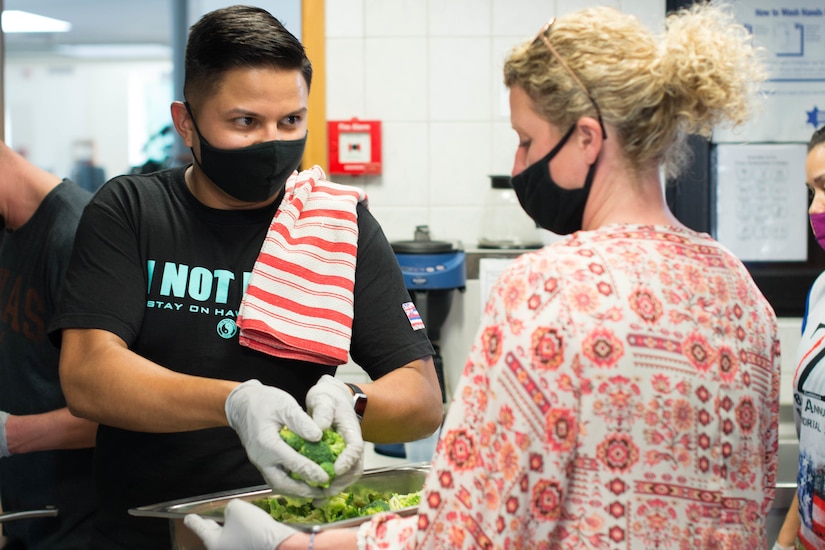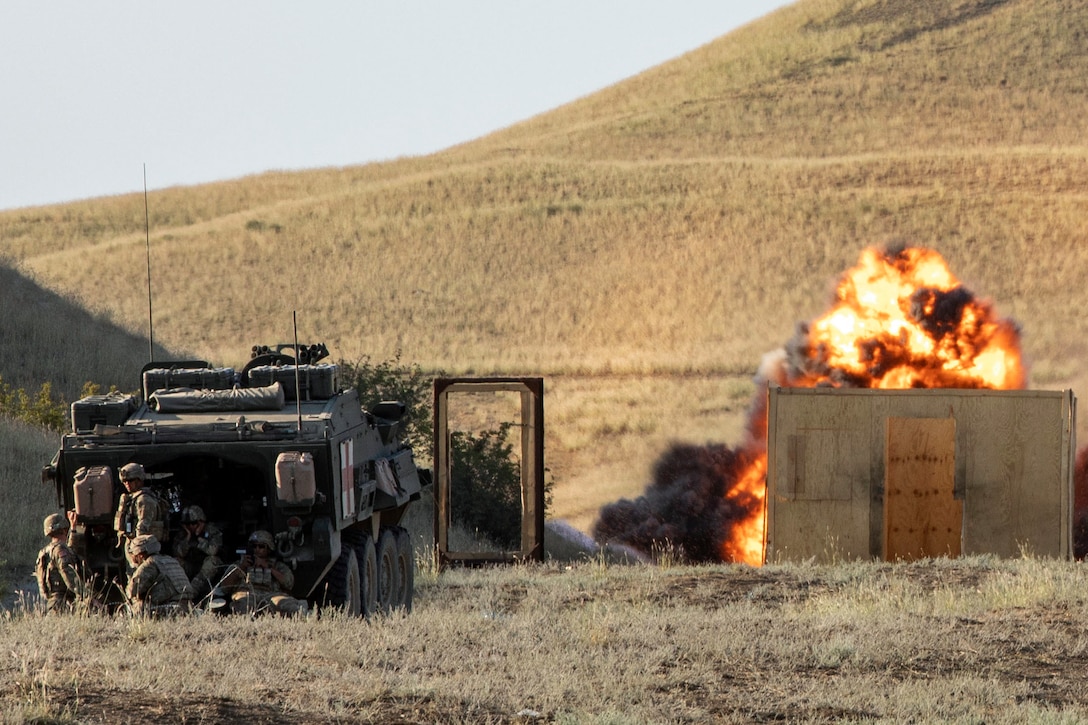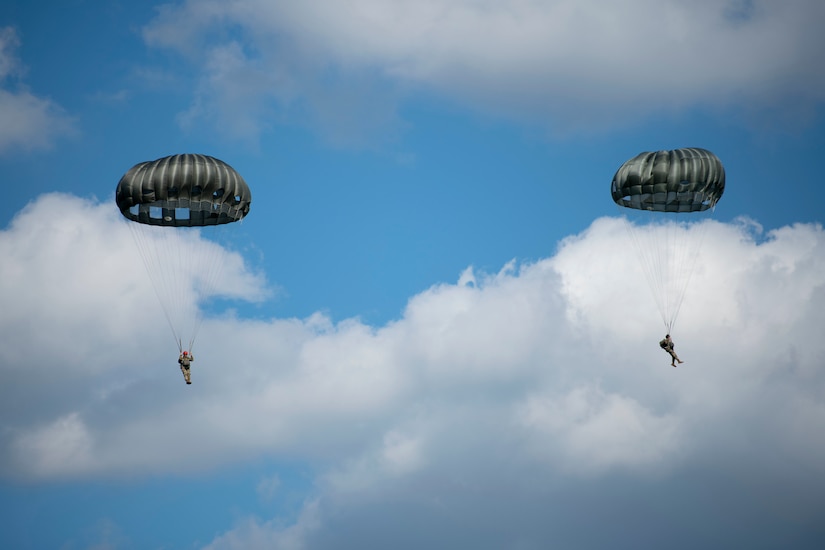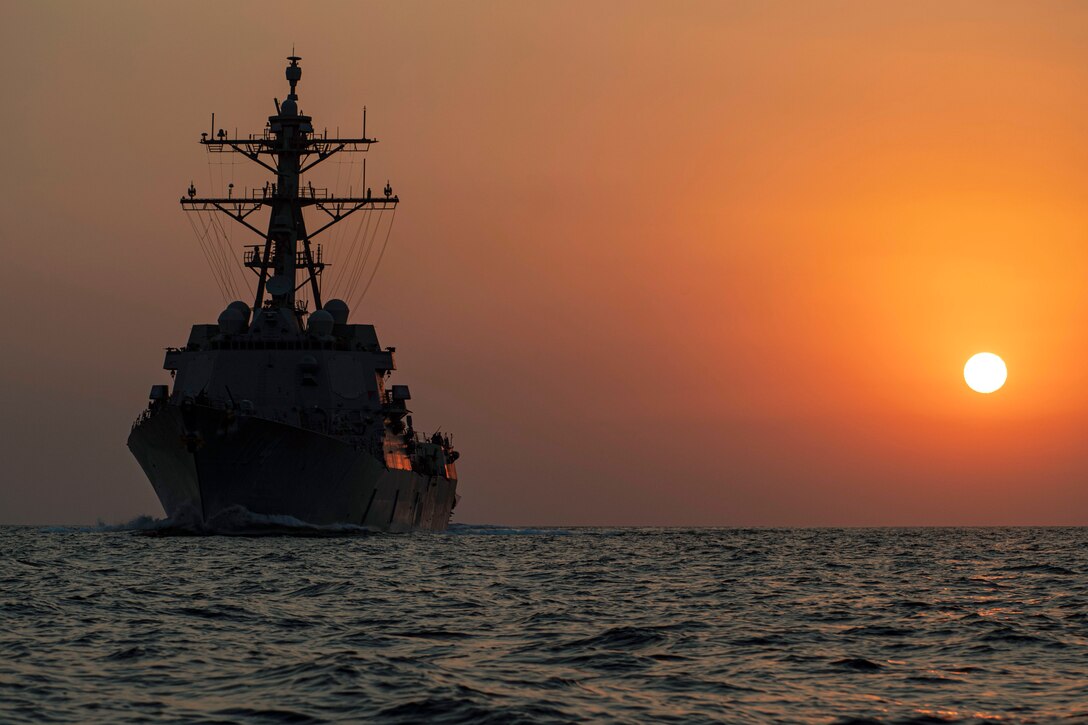The U.S. Special Operations Command is preparing to meet the
challenges of irregular warfare, which the Defense Department could face
in the future from nations like Russia and China, the acting assistant
secretary of defense for special operations and low-intensity conflict
said.
Ezra Cohen spoke today at a virtual symposium sponsored by the National Defense Industrial Association, "2020 Virtual SO/LIC."
Last year, the department published the Irregular Warfare Annex to the National Defense Strategy.
The IW Annex provides clear guidance and objectives for the Joint
Force to adapt and apply its IW capabilities to counter near-peer
adversaries' malign activities below the level of armed conflict, Cohen
said, mentioning that the document has five core themes.
First, DOD cannot afford to discard IW knowledge developed as a
result of 19 years of irregular conflict in Iraq and Afghanistan. "We
must adapt and institutionalize those skills in ways that challenge our
adversaries' strategies and shape the competitive landscape to our
advantage," he said.
Over the past 75 years, the United States has been slow to recognize
and accept the irregular character of the conflicts it enters, Cohen
said. "Our doctrine, acquisition and training for conflict is
excessively focused on maintaining deterrence or winning the high-end
conventional war fight, when the simple reality is that modern warfare
is not nearly that clear-cut."
When the United States has chosen to embrace IW, it has been prone to
overextending itself through indefinite, direct action campaigns,
nation building and other endeavors that call IW's value into doubt, he
said, meaning that improvements in IW doctrine and capability must stem
from those lessons learned.
Second, the department must prioritize IW innovation and increase readiness for IW conflicts, he said.
The U.S. Special Operations Command has historically served as a test
bed for innovation, able to evaluate new technologies in the field or
in warfare prior to integration across the conventional force.
Great power competition elevates the requirement to innovate, as
near-peer adversaries increasingly adapt their strategies to challenge
the department's strengths, he said. "We must be aggressive in
evaluating new technologies and techniques on the front lines before
conflict forces us to field untested tactics, techniques and
procedures."
For example, artificial intelligence
and machine learning are important capability areas to hone as
requirements continue to evolve, he said. To ensure an AI-ready
workforce, U.S. Socom has enrolled a number of personnel in this year's
AI program at DOD's Joint Artificial Intelligence Center.
This year, the department streamlined its procurement processes and
brought better business practices into the acquisition process, Cohen
noted. "This benefits our partnerships with industry."
Third, the department must be more proactive in competition and not solely reactive to crises and hostile provocation.
"Indeed, our adversaries have proven that irregular activities can
proactively shape the environment to their advantage, all below the
threshold at which we are likely to respond with conventional force," he
said.
The IW Annex calls for the United States to embrace IW and employ a
suite of tools to impose costs on malign activities, deter further
aggression, shape the environment to maintain a favorable balance of
power, and create dilemmas for adversaries — all well before armed
conflict necessitates doing so at scale, Cohen said.
There is implied operational risk in this proactive approach, he
noted. However, accepting some operational risk significantly buys down
strategic risk and the risk of inaction. "By preparing for the extremes
of all-out war or high-end deterrence alone, we risk missing the contest
already underway and risk discovering that conditions are against us
when crisis begins."
Fourth, the department must emphasize operations in the information environment, he said.
"Our adversaries have weaponized disinformation and propaganda to
their advantage. They poison public discourse, undermine democratic
processes, turn citizens against each other, and deflect blame for their
malign activities," he said.
Adversaries embrace the anonymity of social media platforms and the
viral nature of information flow as they employ information statecraft
as an integral element of their approach to competition, he continued.
State and non-state actors alike can create non-lethal military
effects through the manipulation of the information space, he said. "To
compete in the information environment, the United States must accept
that influence is an integral aspect of modern warfare, not just a niche
capability."
It requires a whole-of-government approach that integrates technical
capabilities and institutional knowledge across civilian agencies,
foreign partners and other entities, Cohen said. DOD also needs new
information operations technology that will enable it to identify and
isolate disinformation, as well as create and amplify fact-based
narratives — and to do this at the speed of today's information
environment.
Fifth, irregular warfare is inherently an interagency affair, and the
department must foster its interagency partnerships, including with
non-governmental organizations.
In recent years, DOD has had closer cooperation with diplomatic, law
enforcement and intelligence partners for counterterrorism activities.
The IW Annex calls for expanding that cooperation to address the
requirements of great power competition, he said.
Besides discussing the IW Annex, Cohen mentioned that on Sept. 10, he
and U.S. Socom jointly signed a memo on diversity and inclusion in the
organization. "As it stands today, the force is not reflective of our
larger society — a fact that should give us all pause. Barriers exist
that prevent us from accessing full population segments and their unique
skills and perspectives — effectually leaving needed talent outside of
our formations.
"The contest for influence and legitimacy will require diverse
perspectives and new ideas that resonate among relevant audiences. This
is especially true as the department attempts to coordinate and
integrate its operations in the information environment against foreign
propaganda and disinformation," he said.







































